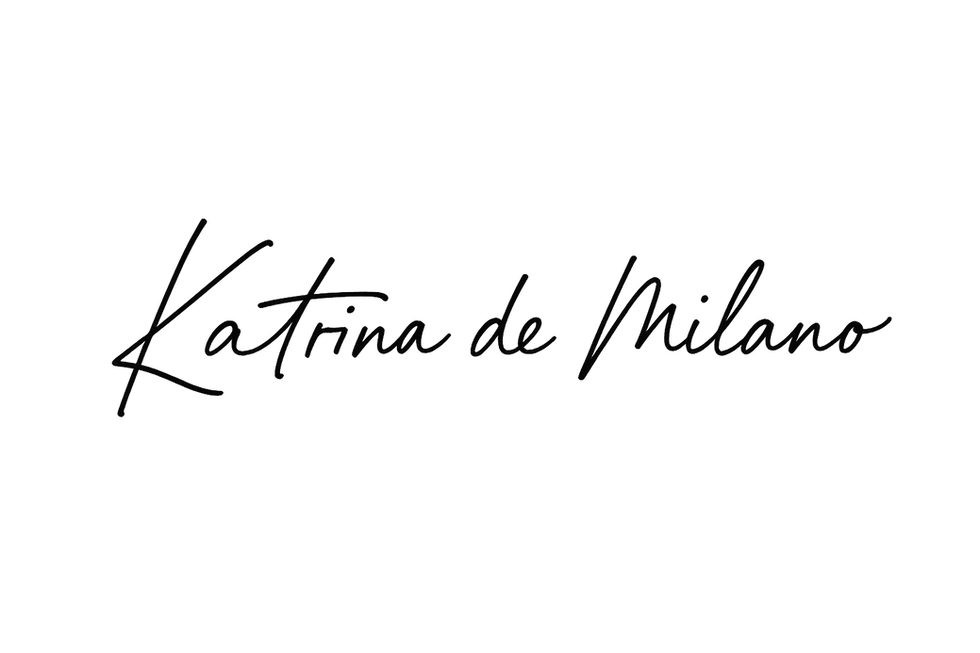💥 How to Write Emotional Conflict Between Main Characters
- Katrina De Milano

- 5 дней назад
- 4 мин. чтения
Because not all tension comes from villains — sometimes, it comes from the people we care about most.
When we hear the word “conflict,” our minds often leap to classic battles: hero vs. villain, good vs. evil, light vs. dark. But some of the most compelling, layered, and unforgettable stories are built not on these epic external threats, but on something much closer to the heart — the emotional collisions between main characters themselves.
Two allies who share the same goal — but can’t agree on the path to reach it.Two friends whose love runs deep — but whose understanding runs shallow.Two lovers who never meant to hurt each other — but did anyway.
This type of conflict doesn’t need an explosion to be powerful. Sometimes, it’s a whisper. A silence. A glance. It’s human, and that’s what makes it hit hardest.
Let’s break down how to write this kind of tension in a way that feels raw, intimate, and unforgettable.
🎯 1. Define What Each Character Wants — and Why That Brings Them Into Conflict
The most powerful character-driven conflict isn’t about who’s right and who’s wrong — it’s about two characters who are both right, at least from their own perspective.
They might be fighting for the same cause, but have completely different ideas about how to win. One might be willing to sacrifice everything, while the other draws a hard line at what they’re willing to lose. Maybe one values loyalty above all else, while the other believes freedom is non-negotiable. One is ready to forgive. The other can’t let go of the past. how to write emotional conflict between main characters
These differences create natural, meaningful tension — not because either character is “bad,” but because their truths don’t align.
📚 Think:— Kaz and Inej (Six of Crows)— Frodo and Sam (The Two Towers)— Emma and Sebastian (The Winged Ones)
This isn’t a moral showdown. It’s two hearts, two wounds, two beliefs — in direct collision.
🧨 2. Let the Conflict Be Deeply Personal
Even if the setting is epic — a curse, a battle, a kingdom at stake — the conflict that truly matters is the one that strikes the heart.
Ask yourself:
What fear or vulnerability is being exposed in each character?
What shared history do they carry — and how is it misunderstood?
What truths are they avoiding, and what lies are they telling themselves?
The most intense conflict doesn’t always come from what’s happening around them, but from what’s been simmering inside them for years.
💔 A fight cuts deeper when it feels like, “You, of all people, should’ve seen me.”“You should’ve known.”
🗣️ 3. Don’t Underestimate the Power of Silence
We often think of conflict as loud — raised voices, slammed doors, dramatic monologues. But some of the most devastating scenes are the quiet ones.
The lingering silence after a hard truth is spoken.
The cold shoulder that lasts for days.
The subtle retreat when someone gives up on being understood.
Sometimes, what hurts the most isn’t what’s said — it’s what isn’t. Silence, in the hands of a skilled writer, can ache louder than a scream.
Let your characters sit in that silence. Let the reader feel the weight of everything left unspoken.
🔥 4. Show How the Conflict Transforms the Relationship
Real conflict doesn’t hit “reset.”
Once characters truly hurt each other — even if it wasn’t intentional — something changes. Trust might be fractured. Power might shift. Love might deepen, sour, or both.
After the fight, they don’t go back to who they were before. They’re scarred, reshaped, maybe even stronger — or a little more broken.
A character who once led now hesitates.
A bond that once felt unbreakable now feels fragile.
Affection turns bittersweet, laced with memory.
🎯 If your conflict leaves no mark — it wasn’t conflict. It was just noise.
✍️ Writing Prompts to Explore Character Conflict:
Try weaving tension into your story with these prompts:
One character makes a bold decision they believe is right — and the other sees it as betrayal.
A promise is broken, and although the reason makes sense… it still hurts.
They both think they’re protecting each other — but end up causing more harm than good.
A long-hidden truth surfaces before either of them is ready.
They fight — and one of them says something they can’t take back, even if they didn’t mean it.
These are the moments that shape your characters and move your story forward — not through plot twists, but through emotional truths.
💬 Let’s Talk how to write emotional conflict between main characters
What’s a moment of character conflict that stayed with you — whether you wrote it, or read it?
Share it in the comments or on social media. Because at the end of the day:
A story isn’t just about a hero facing down a villain. It’s about two people who care deeply for each other…and end up hurting each other anyway.
That’s where the real drama lives.





Comments